How Much Do Cheek Fillers Cost in Seoul, South Korea
Seoul, South Korea, is globally recognized as a leading destination for aesthetic treatments, drawing individuals from across the globe who seek high-quality procedures at competitive prices. Among the most sought-after treatments are cheek fillers, which can restore volume, enhance contours, and provide a more youthful or defined facial appearance. If you're considering cheek fillers in Seoul, you're looking at a market that combines cutting-edge techniques with highly skilled practitioners and often more affordable rates compared to many Western countries.
This comprehensive guide aims to answer all your pressing questions about the cost of cheek fillers in Seoul, including the factors that influence pricing, the different types of fillers available, and what you can expect during your treatment journey. Our goal is to provide clear, precise information to help you make an informed decision and confidently pursue your aesthetic goals in one of the world's beauty capitals. Let's delve into the details of cheek augmentation in Seoul.
How Much Does Cheek Filler Cost in Seoul, South Korea?
The cost of cheek fillers in Seoul can fluctuate considerably, generally falling within the range of $200 to $1,600 USD per syringe. This broad range accounts for a variety of influencing factors. For instance, a single syringe of a standard hyaluronic acid (HA) filler might be on the lower end, while multiple syringes of a premium brand or a more specialized filler will naturally increase the overall cost. Clinics in Seoul often offer tiered pricing based on the specific product chosen and the volume required to achieve the desired aesthetic outcome.
Many clinics provide package deals for full cheek enhancement, which might involve multiple syringes to create a more comprehensive and harmonious result. It is always advisable to get a detailed quote during your consultation, ensuring you understand exactly what is included in the price, such as the brand of filler and the number of syringes. Some clinics may also have promotional offers, especially during certain seasons, which can make cheek filler treatments even more accessible.
What Factors Influence the Cost of Cheek Fillers in Seoul?
Several key factors contribute to the final price you will pay for cheek fillers in Seoul:
- Type and Brand of Filler:
- Hyaluronic Acid (HA) Fillers: These are the most common type for cheek augmentation, offering temporary but natural-looking results. Popular international brands like Juvederm (e.g., Voluma) and Restylane (e.g., Lyft) are widely available. Korean domestic brands are also prevalent and often more budget-friendly.
- Calcium Hydroxylapatite (CaHA) Fillers: Brands like Radiesse are used for deeper lines and volume, offering longer-lasting results.
- Poly-L-lactic Acid (PLLA) Fillers: Sculptra, for example, stimulates collagen production and provides gradual, long-term volume. These are generally more expensive per session but can have longer-lasting effects.
- Number of Syringes: The extent of volume loss or enhancement desired will determine how many syringes are needed. A subtle enhancement might require one or two syringes, while more significant volume restoration could necessitate three or more. The more product used, the higher the total cost.
- Clinic's Reputation and Location: High-end clinics in prime areas of Seoul, particularly in Gangnam, often have higher prices due to their prestige, advanced facilities, and renowned doctors. However, there are many excellent clinics throughout Seoul that offer competitive pricing without compromising on quality.
- Physician's Experience: Highly experienced and well-known dermatologists or plastic surgeons who specialize in facial aesthetics may charge more for their expertise and artistic skill.
Is Cheek Filler in Seoul Cheaper Than in Other Countries?
South Korea's aesthetic market is renowned for its affordability, and cheek fillers are no exception. Compared to countries like the United States, Canada, the United Kingdom, and Australia, you can often find cheek filler treatments in Seoul at significantly lower prices, sometimes up to 30-50% less. This cost-effectiveness is a major driver for medical tourism to South Korea.
The lower prices are attributed to a combination of factors: the sheer volume of cosmetic procedures performed, the intense competition among clinics, and sometimes lower operational costs within the country. Despite the lower prices, South Korean clinics are recognized for their advanced techniques, state-of-the-art equipment, and highly skilled medical professionals. This blend of affordability and high quality makes Seoul an incredibly attractive destination for dermal filler treatments.
What is the Average Cost of Juvederm or Restylane Cheek Fillers in Seoul?
Juvederm and Restylane are two of the most popular and well-regarded hyaluronic acid (HA) filler brands globally. When considering cheek augmentation in Seoul with these international brands, you can expect to pay around $300 to $600 USD per 1mL syringe. Both brands offer different formulations designed for specific purposes, with some being thicker and more suitable for deep volume restoration in the cheeks (like Juvederm Voluma or Restylane Lyft).
While these international brands might be at a higher price point than local Korean fillers, they are still often more affordable in Seoul than in their originating Western markets. Patients often choose these brands due to their extensive clinical research, established safety profiles, and predictable results. Always confirm the specific product (e.g., Voluma vs. Volbella) during your consultation, as different products within the same brand line can have varying costs.
How Many Syringes of Cheek Filler are Typically Needed?
Determining the exact number of syringes for cheek fillers is highly individualized and depends on several factors, including:
- Current Facial Volume: Individuals with significant volume loss due to aging will generally require more filler than those seeking a subtle enhancement.
- Desired Outcome: A slight lift or subtle contouring may be achieved with 1-2 syringes, whereas creating prominent cheekbones or a more dramatic rejuvenation could require 3-5 syringes or even more.
- Facial Anatomy: Each person's facial structure is unique, influencing how filler integrates and the optimal amount needed for balanced results.
- Type of Filler: Some fillers are designed to provide more lift and volume per syringe, potentially reducing the total number of syringes needed compared to thinner fillers.
During your initial consultation in Seoul, the doctor will assess your facial structure and discuss your aesthetic goals to recommend the appropriate number of syringes. It's common for clinics to offer package deals for multiple syringes, which can be more cost-effective than purchasing them individually.
Are There Any Hidden Costs for Cheek Fillers in Seoul?
Most reputable clinics in Seoul pride themselves on transparency regarding pricing. However, it's always wise to clarify the full cost breakdown before proceeding with your cheek filler treatment. Here are some points to confirm:
- VAT (Value-Added Tax): In South Korea, a 10% VAT is typically applied to services. Ensure whether the quoted price is inclusive or exclusive of VAT. Some clinics catering to international patients might include it upfront.
- Consultation Fees: While many clinics offer free initial consultations, some may charge a small fee, which might or might not be deductible from the total treatment cost if you proceed.
- Follow-up Appointments and Touch-ups: In some cases, a follow-up appointment or a small touch-up might be recommended a few weeks after the initial injection. Clarify if these are included in your original package or if they incur additional charges.
- Anesthesia/Numbing Cream: Most clinics include topical numbing cream in the cost. If a local anesthetic injection is preferred or required, confirm if there's an extra charge.
Don't hesitate to ask for a detailed invoice or a written quote to ensure complete transparency before your procedure.
What is the Typical Procedure for Getting Cheek Fillers in Seoul?
Getting cheek fillers in Seoul generally follows a standardized and efficient process:
- Consultation: This is the crucial first step. You'll meet with a qualified dermatologist or plastic surgeon who will assess your facial structure, discuss your aesthetic goals, and determine the most suitable type and amount of filler. They will also explain the procedure and potential outcomes.
- Preparation: The treatment area will be thoroughly cleansed, and a topical numbing cream will be applied to minimize discomfort during the injections. Some fillers also contain lidocaine, an anesthetic, for added comfort.
- Injection: Using fine needles or cannulas, the filler is precisely injected into specific areas of your cheeks to create the desired volume, lift, and contour. The doctor will often massage the area gently to ensure even distribution of the filler.
- Post-Procedure: After the injections, you might experience some minor redness, swelling, or bruising at the injection sites. These side effects are usually mild and subside within a few days. You'll receive specific aftercare instructions, such as avoiding strenuous exercise, excessive heat, and massaging the treated area for a short period.
The entire procedure is relatively quick, typically taking between 30 to 60 minutes, allowing patients to resume most daily activities shortly after.
How Long Do Cheek Filler Results Last?
The longevity of cheek filler results can vary significantly based on the type of filler material used and individual factors:
- Hyaluronic Acid (HA) Fillers: These are temporary and are gradually absorbed by the body. They typically last anywhere from 6 to 18 months, with some specialized HA fillers formulated for longer duration. Regular touch-up sessions are recommended to maintain the desired volume.
- Calcium Hydroxylapatite (CaHA) Fillers (e.g., Radiesse): These can last longer, often up to 12-18 months, as they also stimulate the body's natural collagen production.
- Poly-L-lactic Acid (PLLA) Fillers (e.g., Sculptra): These work by stimulating collagen and provide gradual results over several months. The effects can last for 2 years or more after the full treatment course.
Individual factors such as metabolism, lifestyle, and the amount of filler injected also play a role in how long the results last. Your doctor in Seoul will discuss the expected longevity of the specific filler they recommend during your consultation.
Can I Combine Cheek Fillers with Other Facial Treatments?
Combining cheek fillers with other aesthetic treatments is a popular approach in Seoul to achieve more comprehensive and harmonious facial rejuvenation or enhancement. Clinics often offer synergistic treatment plans. Common combinations include:
- Cheek Fillers and Botox: While fillers restore volume, Botox addresses dynamic wrinkles caused by muscle movement (e.g., forehead lines, crow's feet). Together, they can create an overall smoother and more youthful appearance.
- Cheek Fillers and Other Dermal Fillers: Patients often combine cheek fillers with fillers for other areas like lips, chin, or nasolabial folds (smile lines) to achieve a balanced and proportionate facial aesthetic.
- Cheek Fillers and Thread Lifts: For a non-surgical lift, thread lifts can elevate sagging skin, while cheek fillers restore volume, creating a more defined and lifted contour.
- Cheek Fillers and Skin Rejuvenation Treatments: Procedures like laser treatments, chemical peels, or skin boosters (e.g., Rejuran Healer) can improve skin texture and tone, complementing the volumizing effects of fillers.
During your consultation, discuss all your aesthetic concerns with your doctor. They can help you create a customized treatment plan that optimally combines various procedures to meet your desired outcomes.
What Should I Look for in a Clinic for Cheek Fillers in Seoul?
Choosing the right clinic is paramount for a safe and satisfactory cheek filler experience in Seoul. Here's what to look for:
- Qualified and Experienced Doctors: Ensure the clinic employs board-certified dermatologists or plastic surgeons with specific experience and expertise in injecting dermal fillers and understanding facial anatomy. Ask to see their credentials.
- Patient Reviews and Testimonials: Look for clinics with a strong track record of positive patient reviews, particularly from international patients. Websites, online forums, and social media can be valuable resources.
- Product Authenticity: Verify that the clinic uses authentic, FDA-approved (or equivalent regulatory body approved) filler products. Reputable clinics will be transparent about the brands they use and may even show you the sealed product.
- Comprehensive Consultation: A good clinic will provide a thorough consultation where the doctor listens to your concerns, assesses your needs, explains the procedure in detail, discusses potential risks, and manages your expectations realistically.
- Hygiene and Safety Standards: Observe the clinic's cleanliness and adherence to sterile practices. A professional and hygienic environment is crucial for preventing complications.
- Aftercare and Follow-up: Inquire about the post-treatment care instructions and whether follow-up appointments or touch-ups are included or available.
- Communication: For international patients, clinics with English-speaking staff or readily available translation services can greatly enhance your experience.
Are Cheek Fillers Painful?
The sensation during cheek filler injections is typically described as minimal discomfort rather than significant pain. Here's why:
- Topical Numbing Cream: Before the procedure, a strong topical numbing cream is applied to the treatment area, significantly dulling any sensations.
- Lidocaine in Fillers: Many modern dermal fillers, including popular HA brands like Juvederm and Restylane, are formulated with lidocaine directly mixed into the product. This means that as the filler is injected, the area continues to be numbed, further enhancing comfort.
- Experienced Injectors: The skill and technique of the injecting physician also play a crucial role. Experienced doctors in Seoul are adept at performing injections precisely and gently, minimizing discomfort.
You might feel a slight pressure or a mild stinging sensation, but most patients find the procedure quite tolerable. Any discomfort is usually brief and subsides quickly after the injections are completed.
If you're considering cheek fillers or other aesthetic treatments in Seoul and seeking trusted clinics and comprehensive support, explore PlacidWay for personalized medical tourism solutions.

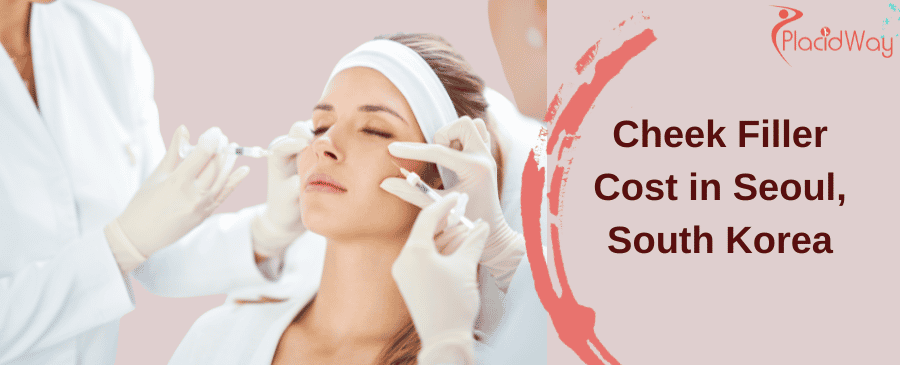

.png)
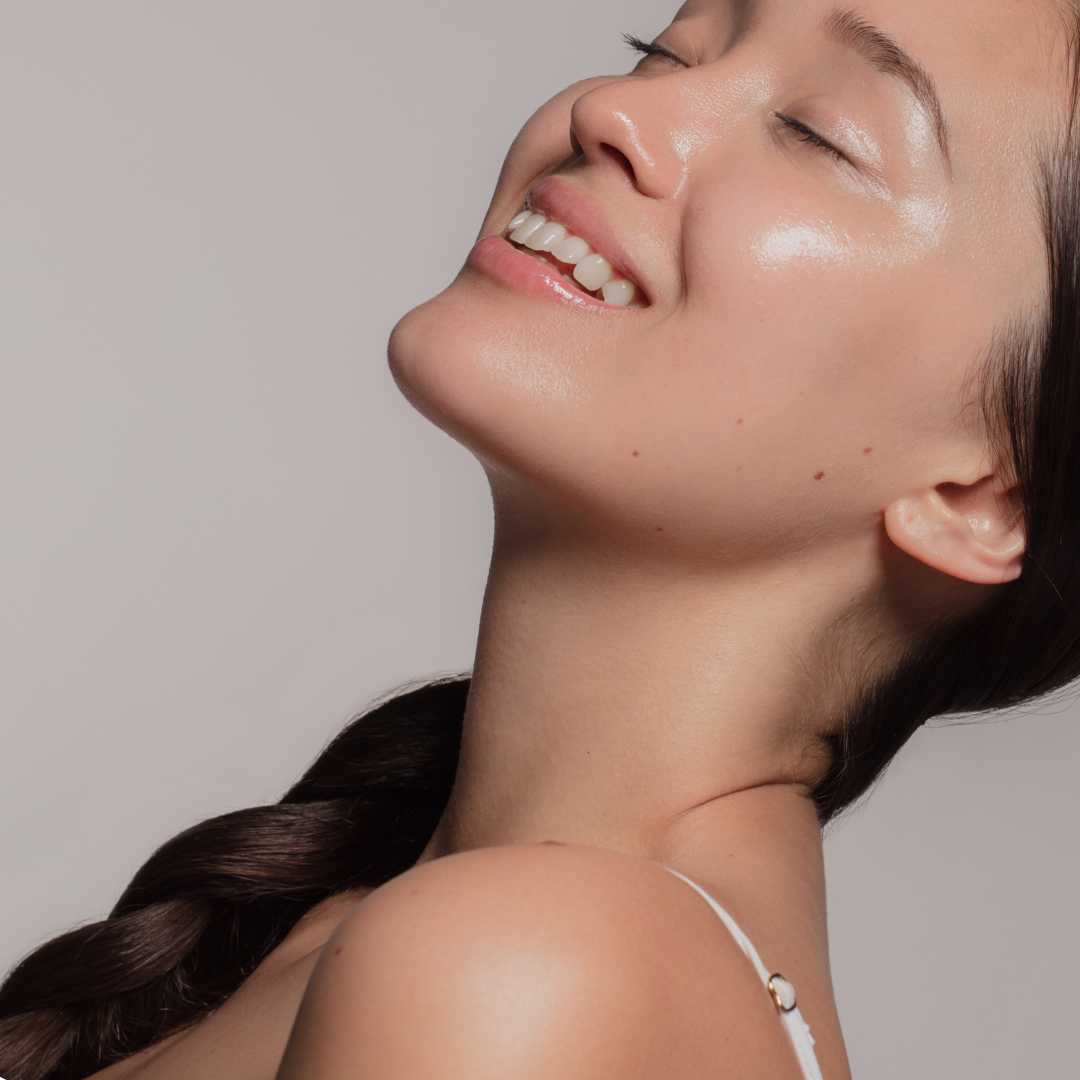

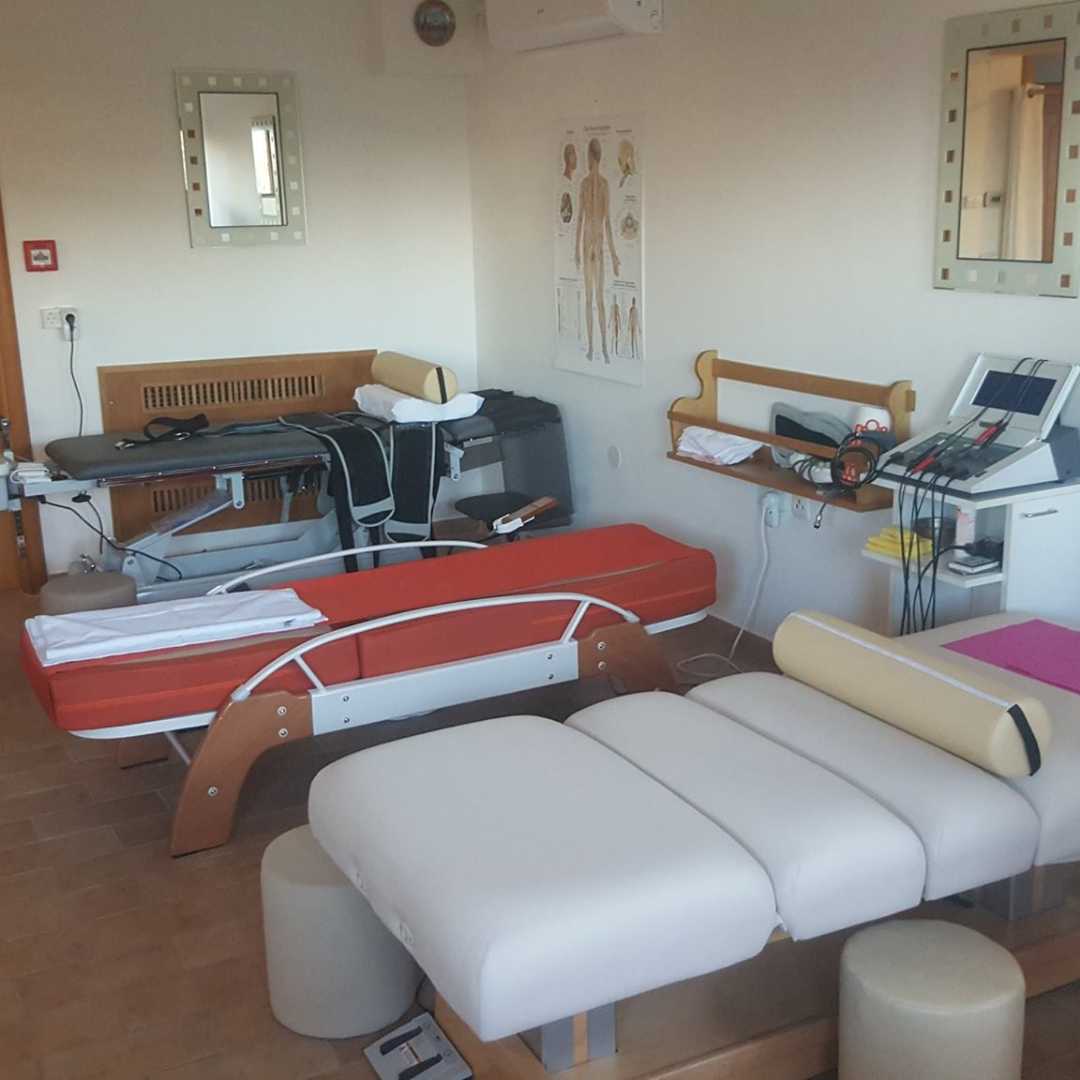
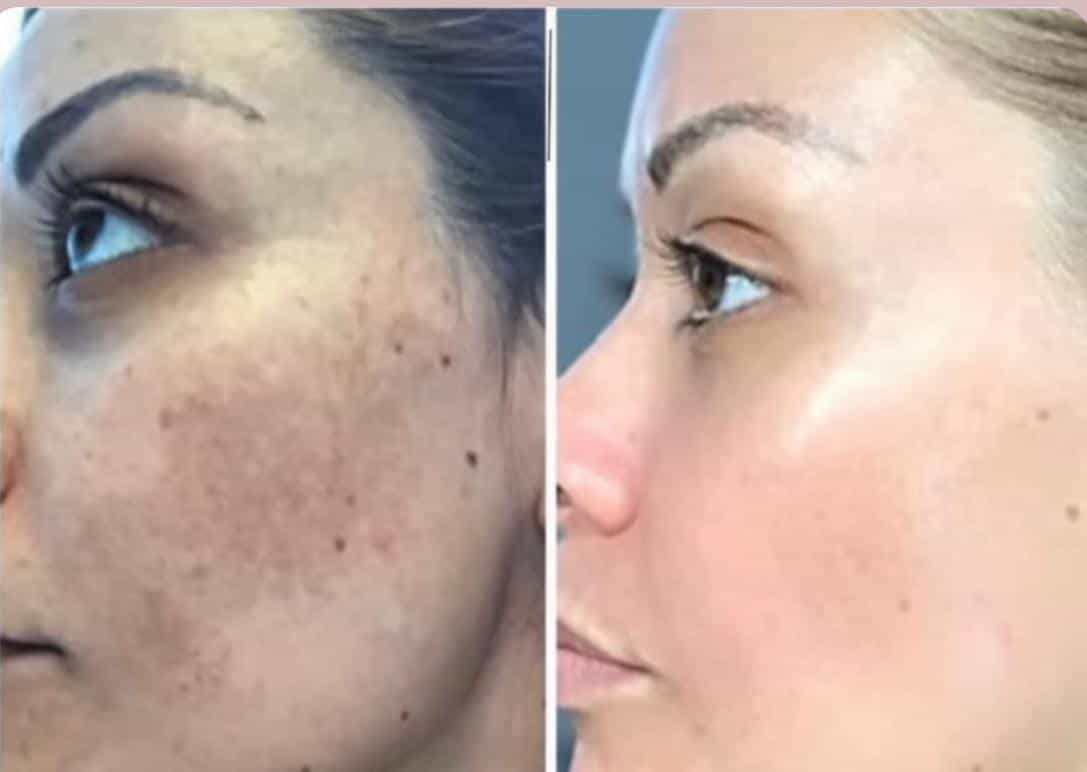
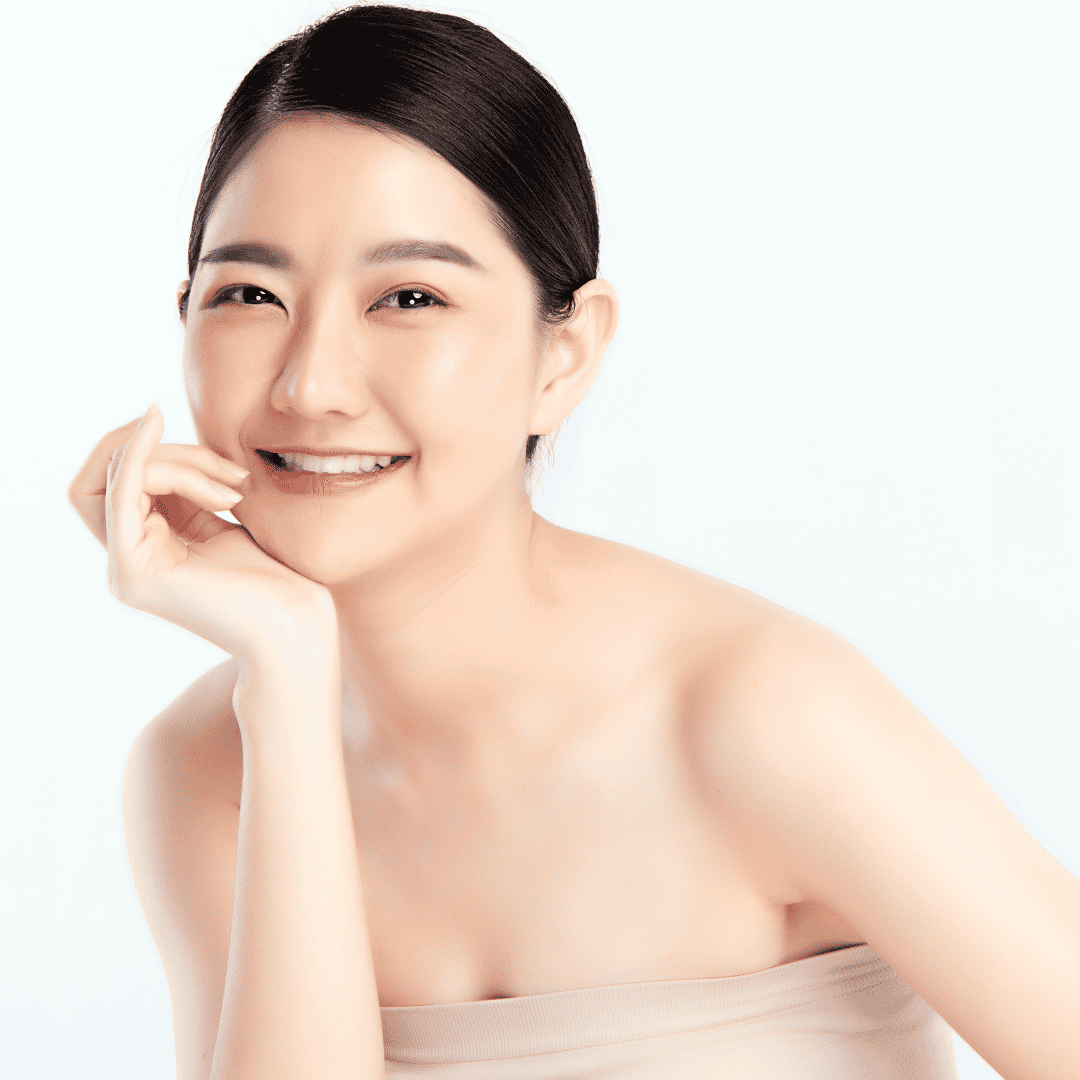


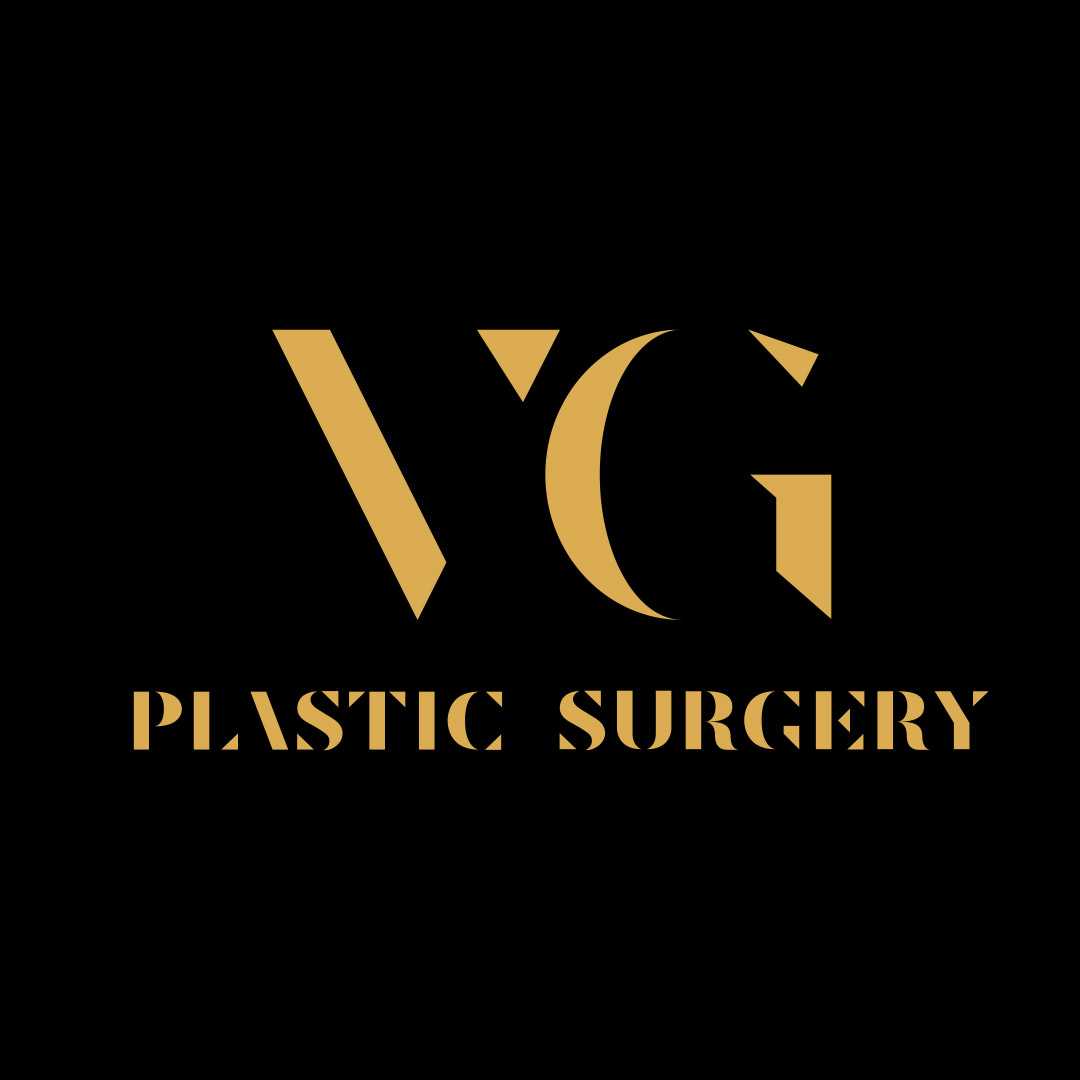
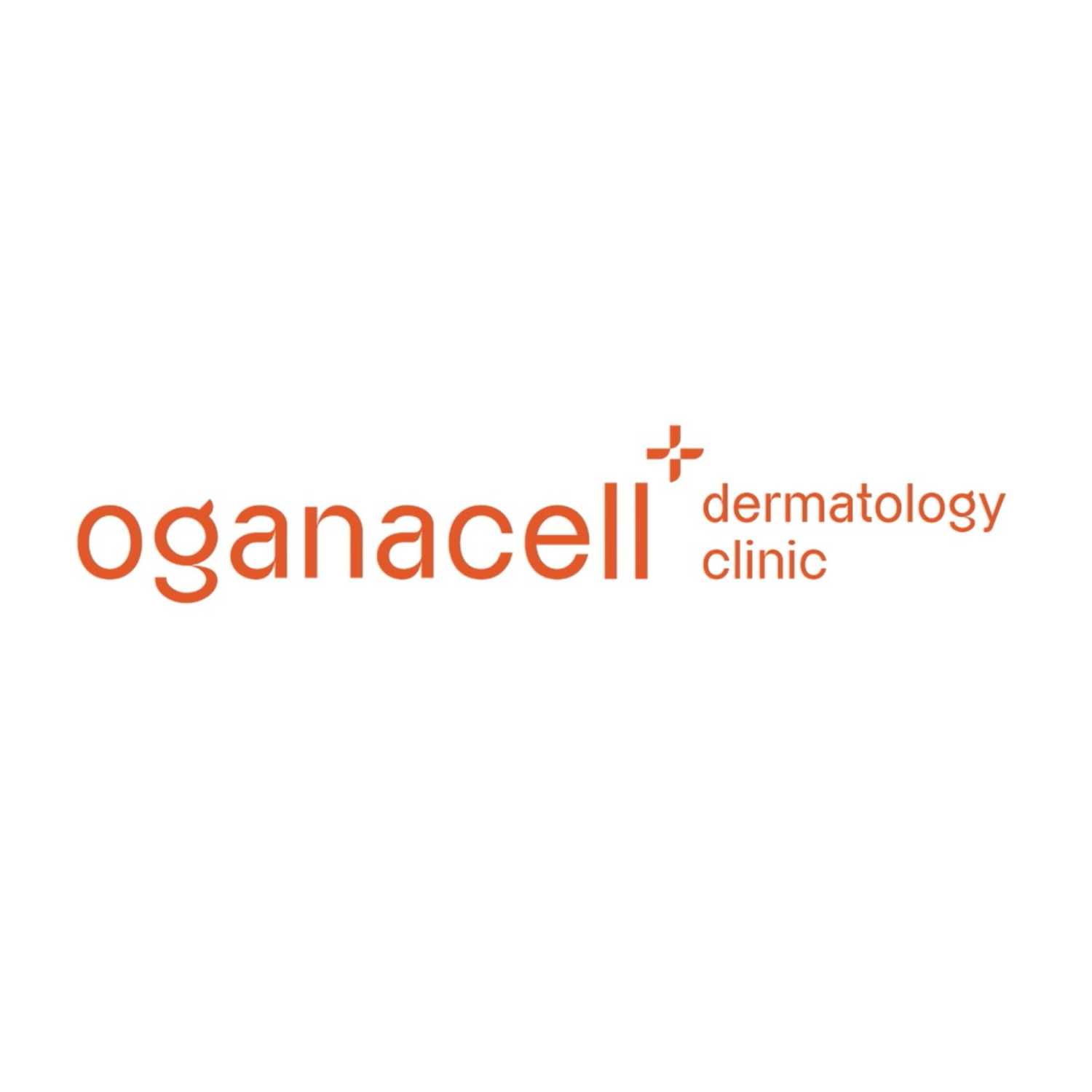
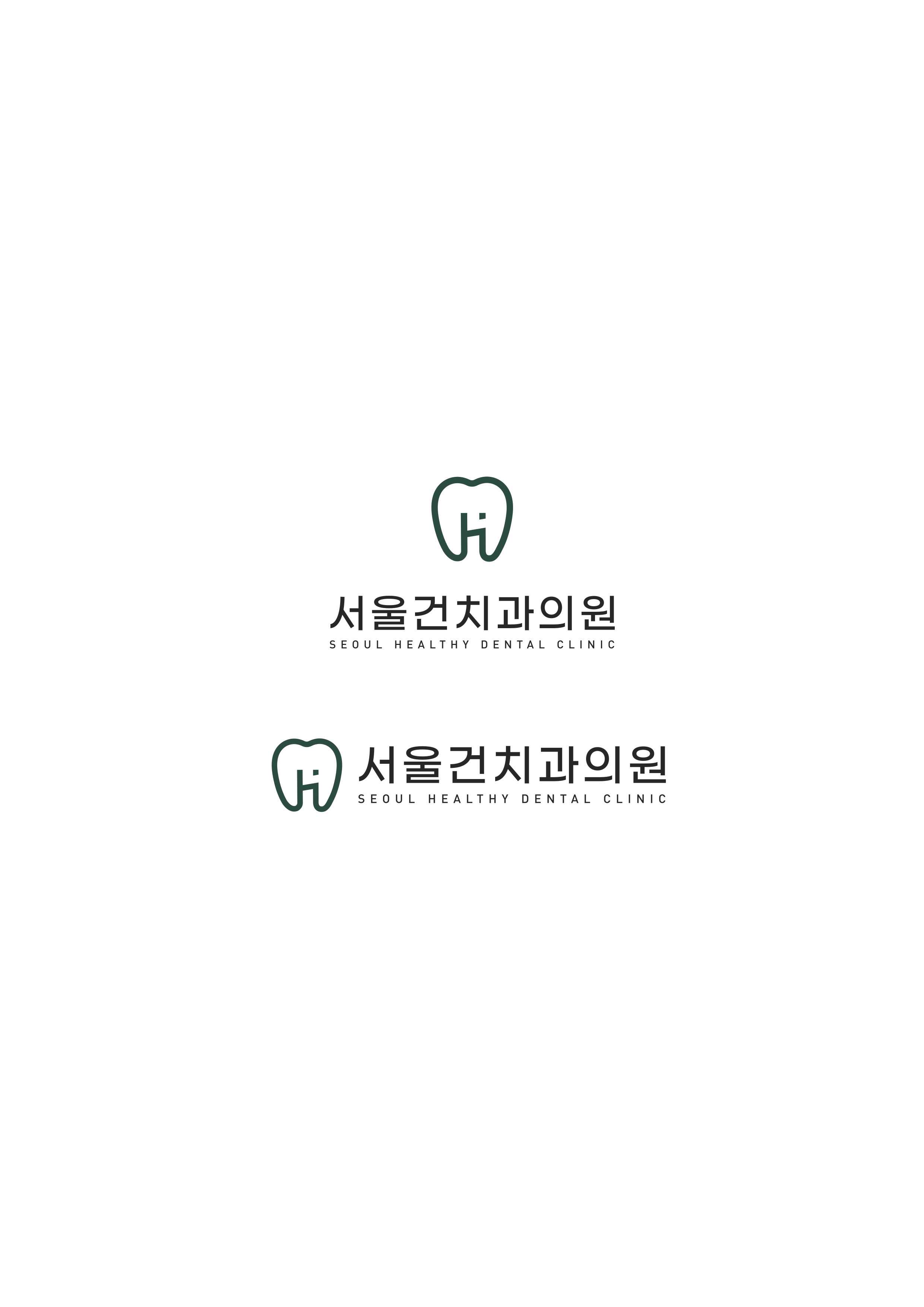
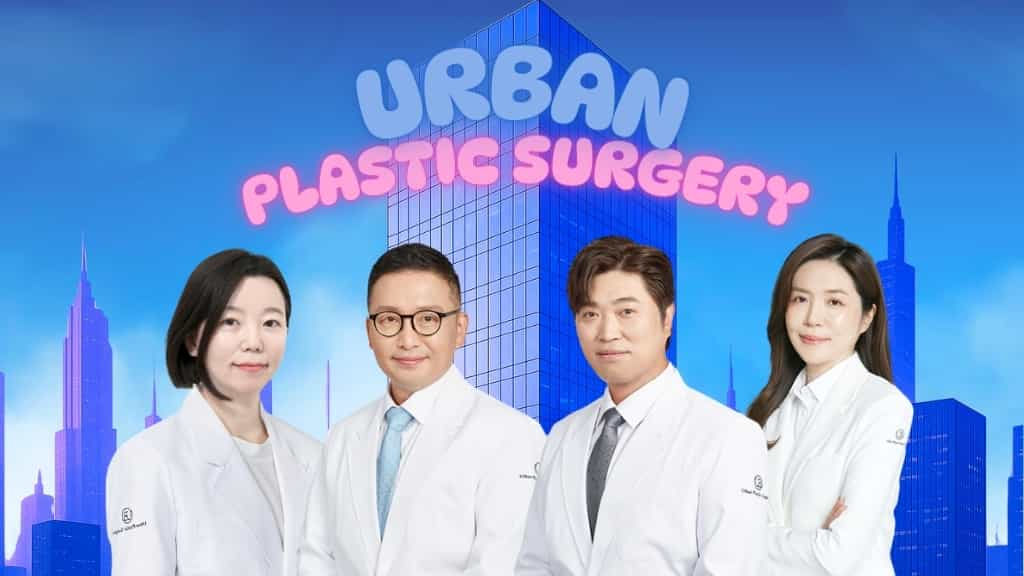
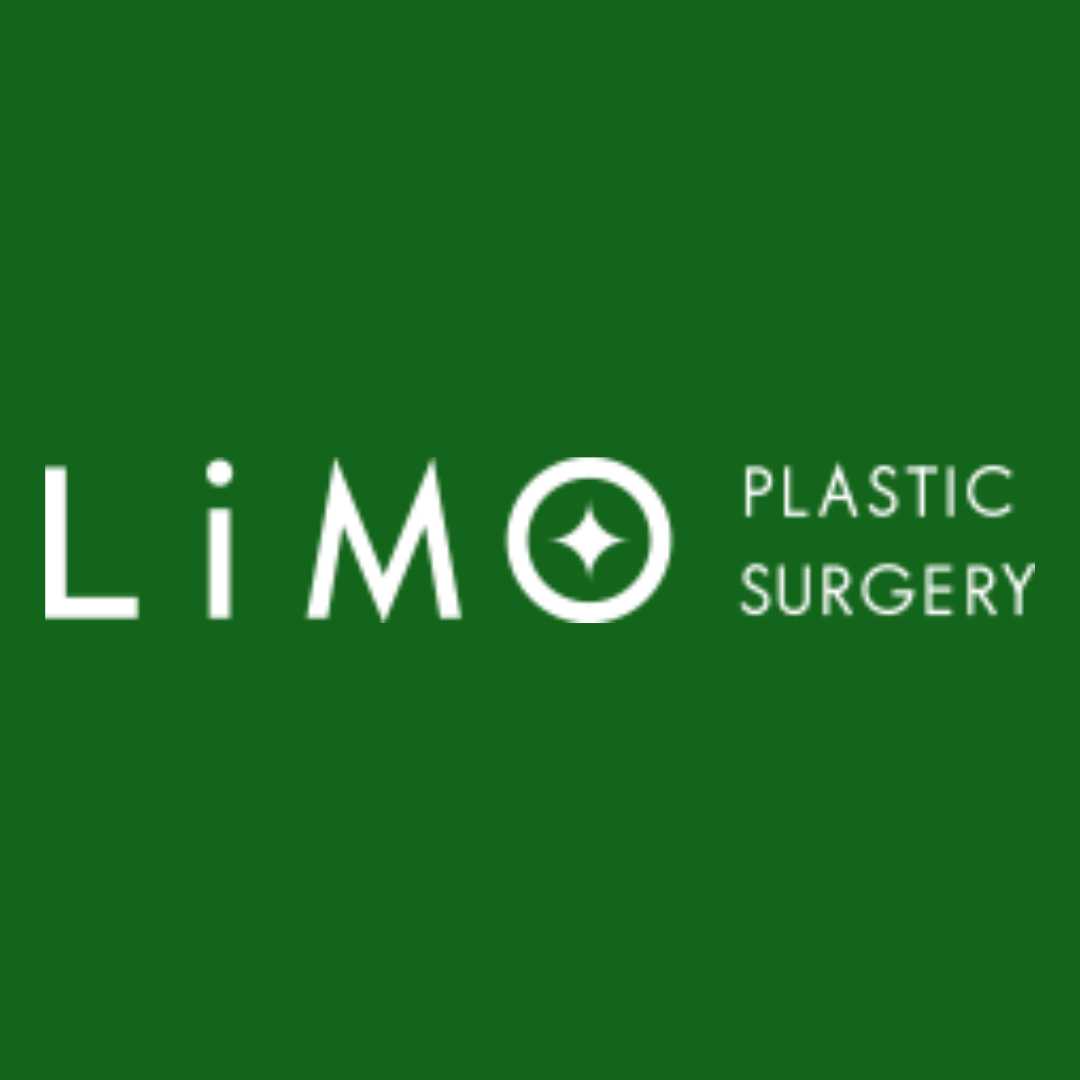

Share this listing